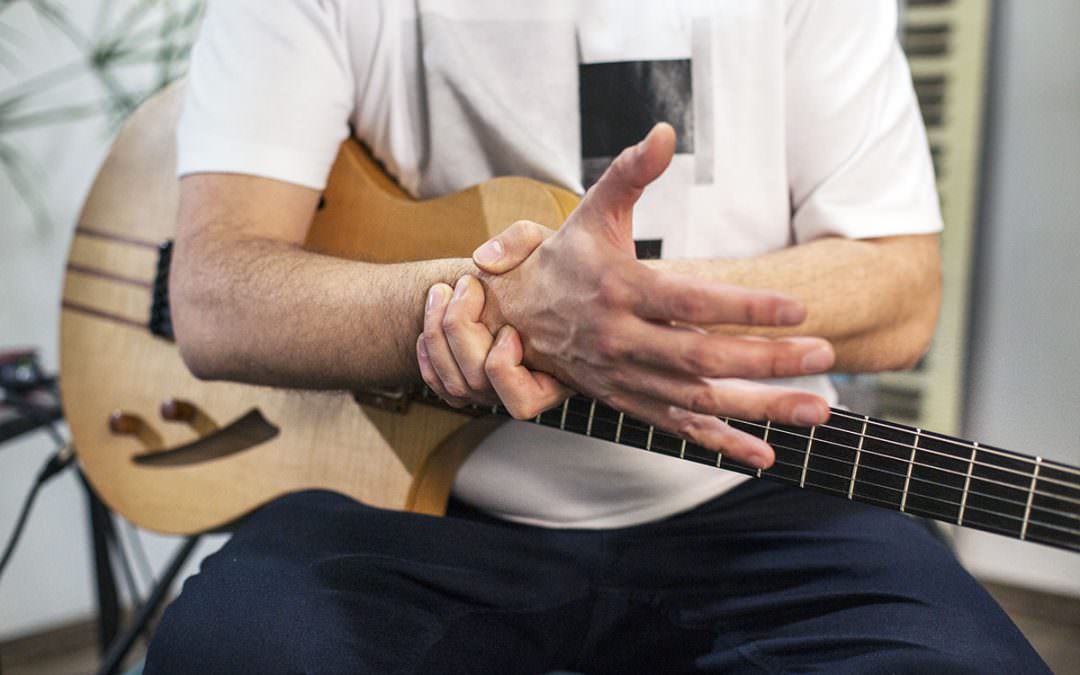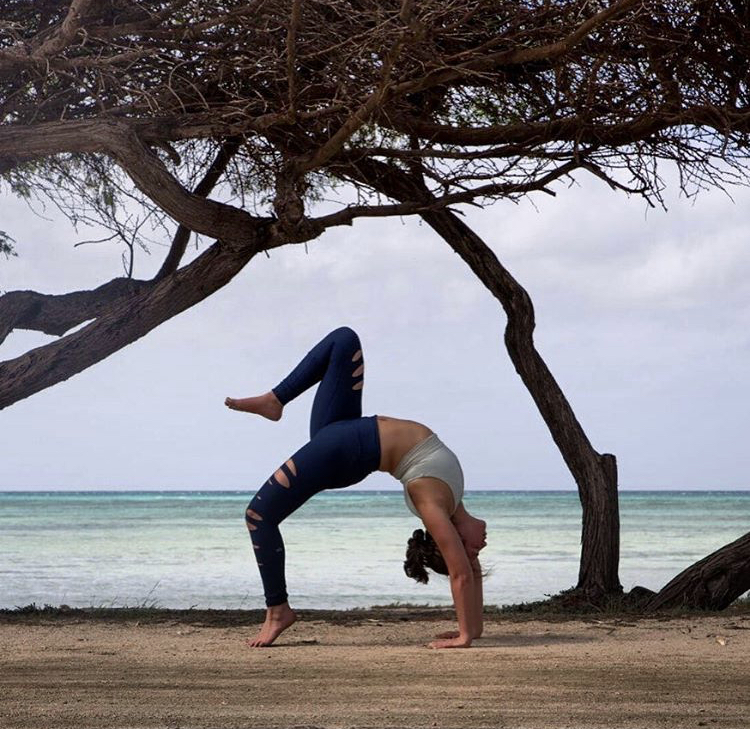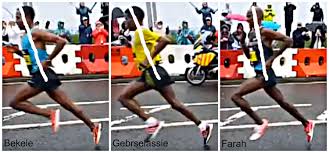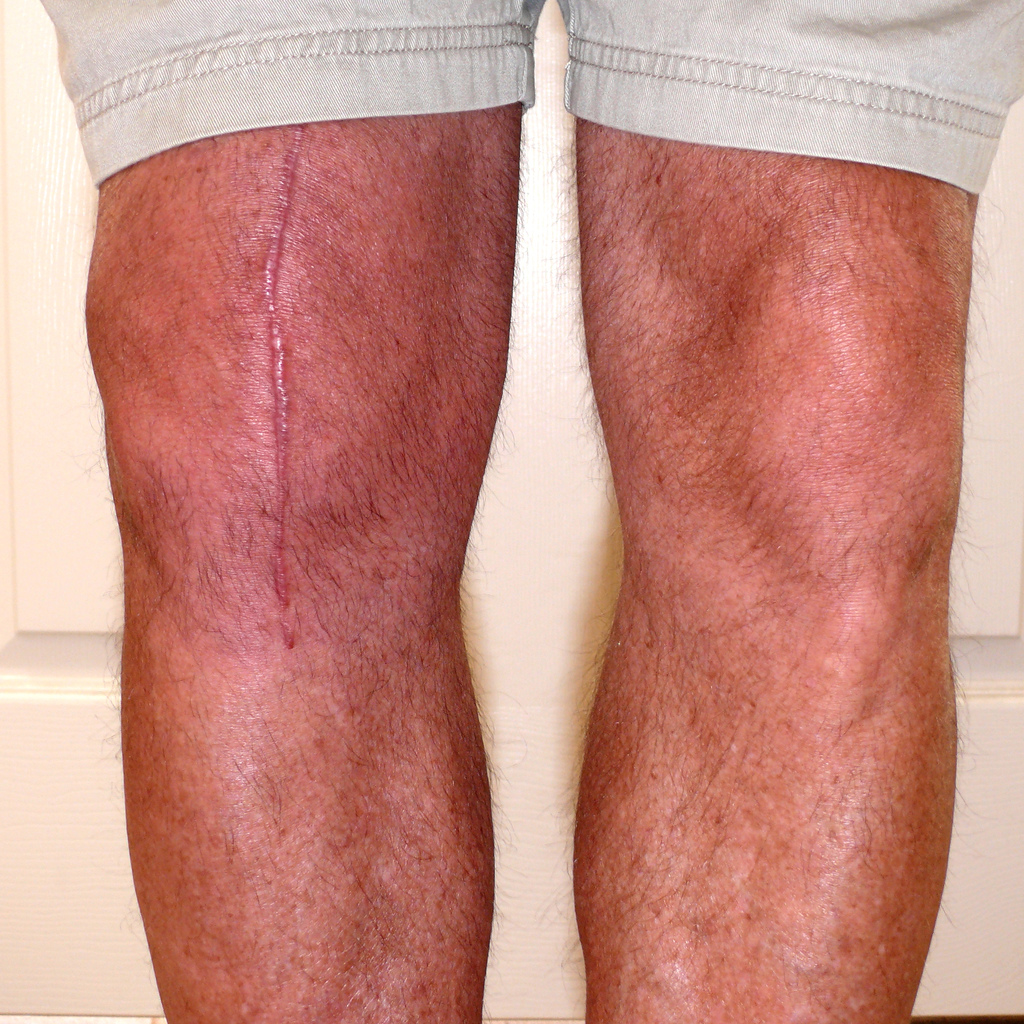I first came to the Body Tuning clinic as a patient, looking to improve my posture and relieve my back pain. I laid down on the table, and the therapist, Daniel, began working on my problem areas, gently swinging and stretching the limbs, massaging tight muscles, applying pressure into critical points, and stimulating the tissues with electrical and electromagnetic devices. I felt my breathing become deep and relaxed, as though years of tension were melting away. I felt that I was in the right place.
As Daniel worked, he also talked with me and helped to resolve my doubts and questions, gave me pointers as to the causes of my discomfort, and how to correct my structure. He pointed out the imbalance between the left and right sides of my body, and prescribed an exercise to correct it. He also gave me an exercise to deepen my breathing, and one to straighten my spine. After some time of working with both Dr. Tatz and Daniel, I have learned much about my body, and I have seen my body change in noticeable ways both externally and internally. I feel distinctly different now. My spine is more straight, I can breathe more deeply, and I feel more balanced and harmonious within my body than I have felt in a long time.
I was very impressed with my treatment results, and I wanted to learn how this is done. So I decided to volunteer as an assistant and student at Body Tuning. Now, since I have had the opportunity to observe and assist Dr. Tatz and Daniel, I have been able to see how the physical therapist assesses each patient, and observes where the imbalances are which cause pain and discomfort. I can see that, through much experience working with people’s bodies, along with study of anatomy, the therapist develops an intuitive knowledge of how a healthy body should look, feel, and move, and how to correct imbalances.
Continue reading “Observations of a Body Tuning Patient and Student”
 If you’ve had COVID-19 and you’re experiencing any respiratory, cardiovascular, neurological, or psychological problems you may be what doctors call a “long hauler”, otherwise known as people who experience COVID-19 symptoms that linger for weeks thereafter. Today, you will see that physical therapy is one of the best options to rehabilitate post COVID-19. Many articles will write about exercise programs that were made to specialize in rehabilitation, but what many programs are missing is the art of touch that western physical therapy does not offer. Writing from Body Tuning & Physical Therapy, a clinic in NYC with heritage from Eastern Europe, we want to tell you about the importance of touch in COVID-19 rehabilitation.
If you’ve had COVID-19 and you’re experiencing any respiratory, cardiovascular, neurological, or psychological problems you may be what doctors call a “long hauler”, otherwise known as people who experience COVID-19 symptoms that linger for weeks thereafter. Today, you will see that physical therapy is one of the best options to rehabilitate post COVID-19. Many articles will write about exercise programs that were made to specialize in rehabilitation, but what many programs are missing is the art of touch that western physical therapy does not offer. Writing from Body Tuning & Physical Therapy, a clinic in NYC with heritage from Eastern Europe, we want to tell you about the importance of touch in COVID-19 rehabilitation.



